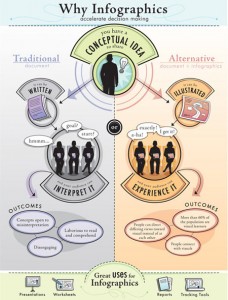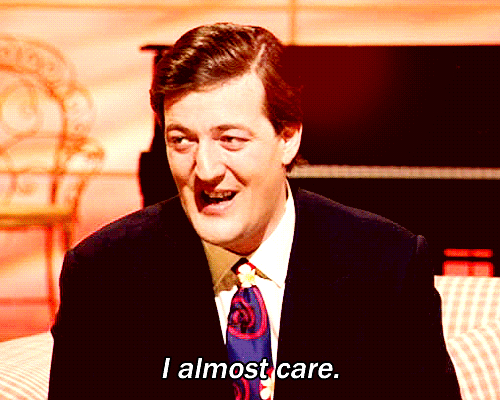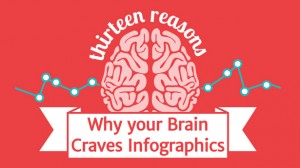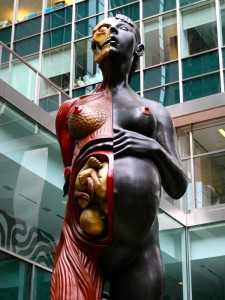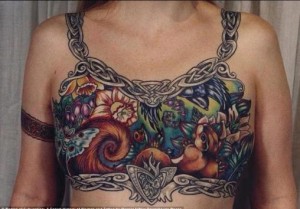Guest posting by Rachel Marren
A classic debate in the medical community, and one particularly relevant with today’s push towards patient-centered care, is whether medicine is an art or a science. Does being a good physician result from using personal judgment in evaluating each patient as an individual or systematically following clinical guidelines? A number of studies indicate that, although it is important to generate positive interpersonal patient-physician relationships, strict adherence to protocol leads to the best patient outcomes.[1]
But what about the role of creative art and aesthetics in medicine? Research strongly supports creative outlets such as music, visual art, and writing as expository tools through which patients can ultimately improve their health and well-being.[2] I was introduced to the power of art in healthcare by Dr. Marcia Brennan, Professor of Art History and Religion at Rice and the Artist in Residence at M.D. Anderson’s Palliative Care Center. She works with terminal patients to help them express their thoughts at the end of their lives through words and visual art. Although the value of this work is difficult to quantitate given that these patients ultimately pass away, Dr. Brennan’s anecdotes about the serenity she helps her patients find are tremendously compelling.
Viewing and reading these pieces, there is an unbelievable beauty, one that, for me, calls attention to the lack of recognition of aesthetics in modern medicine. In a formalist sense, we can see this beauty in the following images of a bone cancer cell,[3] a kidney stone, [4] and a bacterium. [5]
The haunting beauty in these images is quite apparent—they are aesthetically enchanting, and, yet, represent the pain of disease that we are all familiar with. Given that illness can be considered a central aspect of our shared human experience, I would urge healthcare providers to call upon shared experiences to build deeper—and more beautiful—connections with their patients.
[1] Pearl, Robert, MD. “Medicine Is An Art, Not A Science: Medical Myth Or Reality?” Forbes. Forbes Magazine, 12 June 2014. Web. 26 Feb. 2015.
[2] Stuckey, Heather L., and Jeremy Nobel. “The connection between art, healing, and public health: A review of current literature.” American journal of public health 100.2 (2010): 254.
[3] Burnette, Dylan T. A Crawling Bone Cancer Cell at 8000x Magnification. Vanderbilt University School of Medicine, Nashville. Nikon Small World. Web. 26 Feb. 2015.
[4] Mackenzie, Kevin. Kidney Stone. 2014. Wellcome Image Awards 2014. Web. 26 Feb. 2015.
[5] Ben-Jacob, Eshel. Paenibacillus Dendritiformis. Smithsonian. Web. 27 Feb. 2015.




